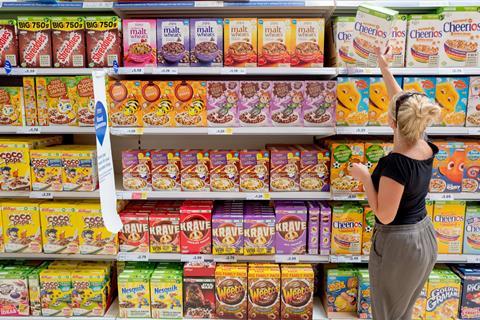
Four years ago, our customers told us food waste was their top concern. Since then we have transformed how we minimise food waste and today more than 80% of any surplus food is donated to community partners.
Today, with heightened awareness of the impact of plastics on the environment, customers’ top concern is packaging. We need to adopt a similar holistic, systematic approach to address this significant challenge.
In 2018 we announced the first phase of our packaging plan. We undertook an in-depth review of packaging materials, and following consultation with suppliers, we developed a preferred materials list for packaging and committed to remove all hard-to-recycle materials from Tesco brand and branded products by the end of 2019. There is no place in our business for materials that are not recyclable.
Our approach is framed by our packaging strategy’s ‘four Rs’: Remove, Reduce, Reuse and Recycle. We will remove all non-recyclable and unnecessary packaging. Where we can’t remove, we will reduce it to an absolute minimum. We will explore new opportunities to reuse packaging and if we can’t, then we will ensure it is all recycled as part of a closed loop.
Earlier this month, we brought together over 1,500 suppliers to share phase two of our packaging plan. Through the lens of the four Rs, we’re now focusing on removing excess packaging. It’s staggering how much excess packaging is used. Even allowing for settlement, there is simply no avoiding the reality that as an industry we have made an art out of packaging air.
More from Dave Lewis: Publishing food waste data can sting – but we must do so
In doing so we have lost a certain discipline as pack sizes have got bigger while products have stayed the same size or got smaller. At our conference, we shared a number of examples of products that were over-packaged. Not to point the finger of blame, as this practice is widespread, but to demonstrate the sheer inefficiency of packaging, transporting and selling air. It is unsustainable, in every possible sense, and it simply has to stop.
Of course, there may be some cost implications of this change, but this should be judged against the bigger long-term cost savings of removing inefficiencies. At the conference, we shared a case study of a branded crisp manufacturer that reduced the size of its packaging by 23%. With more products on the shelf, it delivered a reduction of 5,000 tonnes in packaging weight and 50,000 fewer road miles as pallets were packaged more efficiently, reducing the number of journeys. This is just one product line and proves why action is needed: the scaled impact of this work will be a step change to the packaging agenda.
And so, as we move into phase two of our packaging plan, there are two key challenges:
Firstly, to suppliers and retailers – we must remove packaging where we can and reduce it where we can’t. We must reuse as much as possible and then recycle what’s left. This change must come about urgently. In Tesco, packaging will be a critical aspect of our ranging decisions.
From next year, we will review the size and suitability of packaging as part of category resets, and if it’s excessive or inappropriate, we reserve the right not to list it. Our long-term approach will be framed by the four Rs, but as we progress through phase two of our plan, we’ll be particularly focused on stamping out the practice of packaging air.
Secondly, to the government – to close the loop so packaging can be used, re-used, collected and recycled continuously, we need a national collection and recycling infrastructure. Today recycling rates vary across local authorities from 65% to 14%. Without a national infrastructure, industry efforts to improve the recyclability of materials used in packaging will not have the impact we need. Packaging plays an important role in protecting products and reducing food waste, but it shouldn’t come at an unaffordable cost to the planet. We have a unique opportunity to transform our approach to packaging by creating a closed loop and will do everything we can to bring this about.
Our customers want this, and our planet needs it. So let’s get on with it.




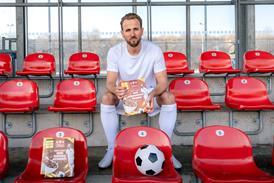


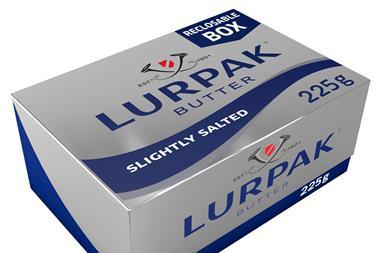
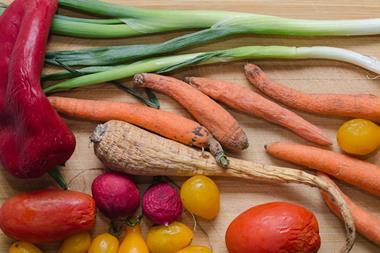
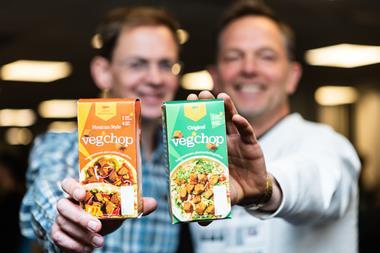
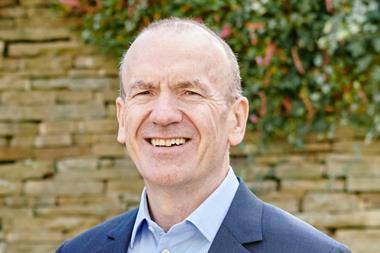

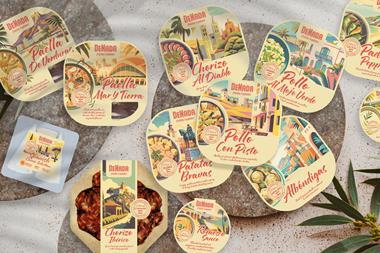






No comments yet